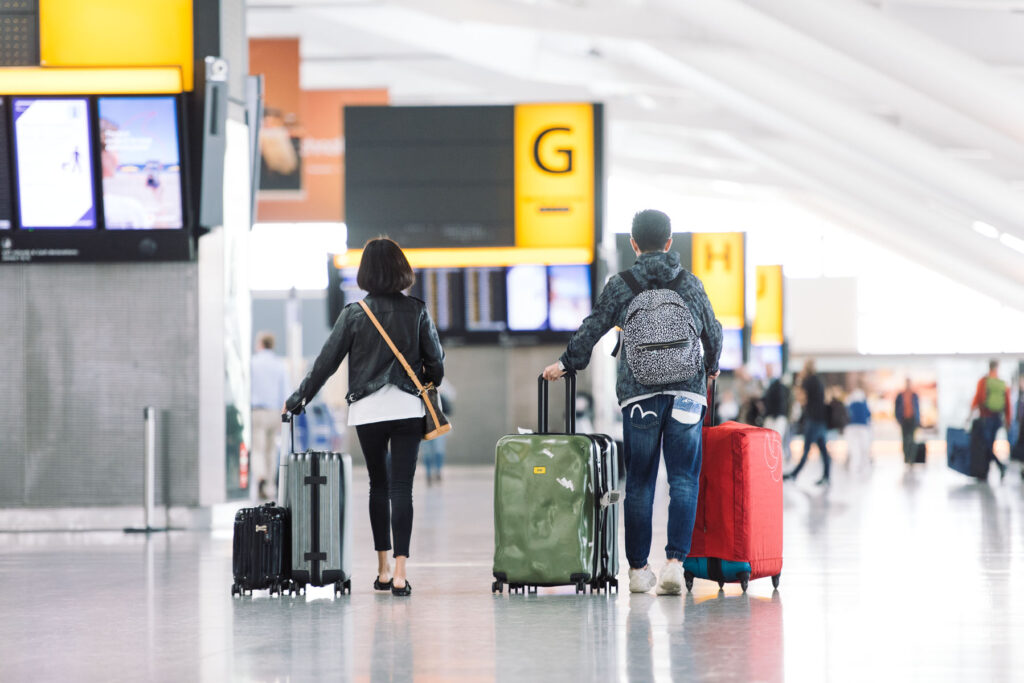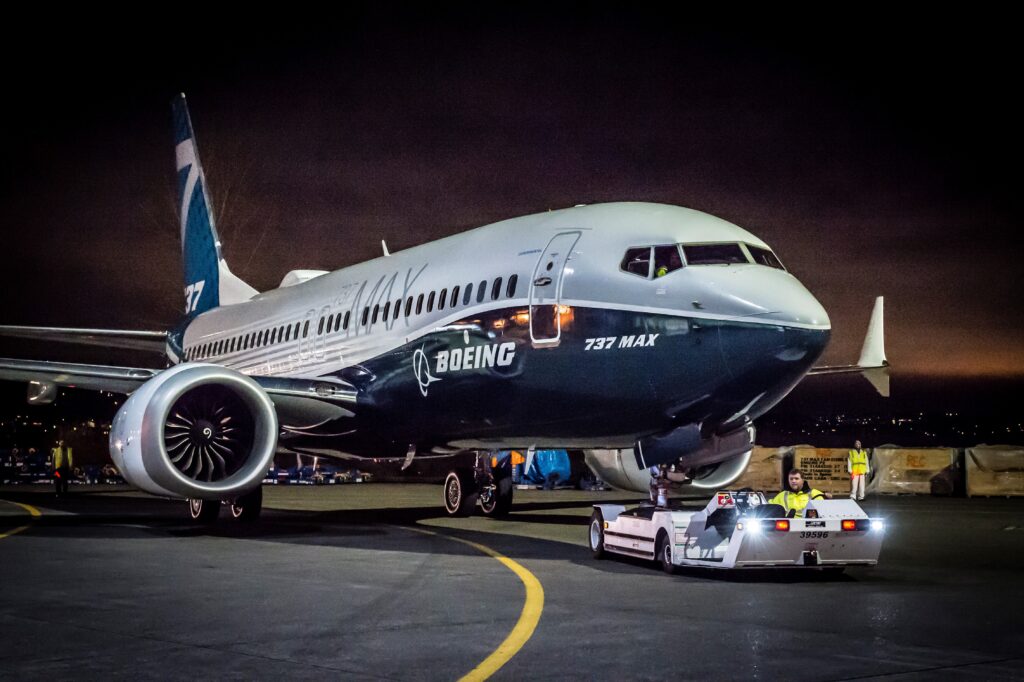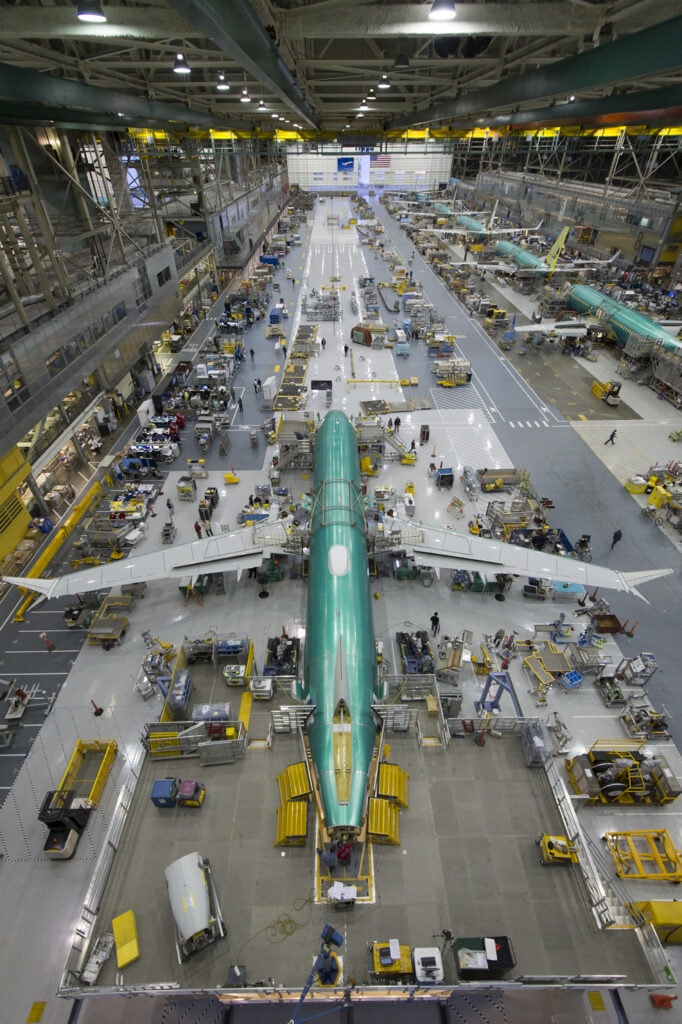According to the latest projections by Cirium Ascend, an aviation consultancy firm, global air traffic is expected to grow by 14 percent in 2024 compared to the previous year. This growth rate is expected to surpass the 2019 numbers by approximately six percent.
However, even though global capacity has already exceeded the 2019 numbers, it is predicted to grow by only 12 percent annually. This is because although the global passenger fleet and utilization rates are constantly increasing, new aircraft deliveries and production are facing significant challenges to establish a positive trend.

Photo: London Heathrow Airport, Terminal 5A. Photo. Courtesy of BAA Airports Limited.
Cirium’s report suggests this trend will leave airlines in what they call a capacity crunch. It is expected to continue well into the next decade, mainly because of the limitations on delivering new aircraft from the major manufacturers Airbus and Boeing.
It is important to note that this capacity crunch poses a significant challenge for airlines as they strive to meet the growing demand for air travel. This situation may also lead to higher ticket prices and reduced options for travelers in the coming years.
“The demand trajectory is still a steady climb,” according to Rob Morris, global head of consultancy. He said during Cirium Ascend’s 2024 Market Outlook webinar last week that aircraft supply continues to grow for now.
However, headwinds from airframe manufacturing issues are expected to create significant lag in deliveries for an extended period. “Supply is a slam dunk. Delivery is the issue,” Morris said.
Morris said that both Airbus and Boeing have continued to experience respective delivery difficulties to varying degrees. Consequently, new aircraft volumes will remain lower than previously projected.
For Want of a Bolt
Much of the slowdown in the delivery of single-aisle aircraft can be traced to the book backlog for Boeing’s 737 MAX family. As of December 2023, Boeing had over 6,200 orders for the airframe, of which only 1,400 have been delivered.
After deliveries were stalled for nearly 20 months after two fatal crashes, the aircraft returned to service in 2020, and Boeing announced plans to ramp up production. However, several quality control problems were uncovered before those increases could be launched across the airplane makers’ manufacturing processes.

Photo: First Boeing 737 MAX 7. Courtesy of Boeing Commercial Airplanes
Most recently, the headline-making blowout of a door plug aboard an Alaska Airlines 737 MAX 9 prompted the grounding of that variant while the Federal Aviation Administration (FAA) conducted inspections.
The preliminary findings of the subsequent National Transportation Safety Board (NTSB) investigation revealed that the aircraft had been delivered with four bolts missing from the plug.
Although the 737 MAX 9 has been cleared to return to service, the inspections uncovered a pattern of manufacturing oversights that the agency and Boeing are now seeking to address. Instead of increasing production on the 737 assembly lines, the FAA has capped Boeing’s output at 38 units per month until the processes meet the regulator’s approval.

Photo: Boeing’s Renton Factory, First 737 MAX. Courtesy of Boeing Commercial Airplanes
“Let me be clear: This won’t be back to business as usual for Boeing,” said FAA Administrator Mike Whitaker in a statement. “We will not agree to any request from Boeing for an expansion in production or approve additional production lines for the 737 Max until we are satisfied that the quality control issues uncovered during this process are resolved.”
Meanwhile, Across the Atlantic
European manufacturer Airbus has pulled into the lead in the single-aisle race, with orders for the popular A320neo series of airframes topping out at over 10,000, of which nearly 3,200 have been delivered.
But Boeing’s rival has not been without its manufacturing headaches as well. Airbus began 2023 with a disappointing drop in deliveries because of supply chain shortages, but this year started on a brighter note with a 50 percent increase in January.
However, according to reports this month in Reuters, Airbus has recently alerted its airline customers to expect more delivery delays across its product lines due to ongoing supply chain problems. Availability of engines and other critical components remains tight for the airplane maker.

Photo: Courtesy of easyJet
Morris points out that ongoing issues with the Pratt and Whitney power plants used on the A320s, A220s, and some Embraer aircraft “are leaving many airlines with fleet and capacity planning challenges which will likely be sustained for at least three years and potentially longer.”
Nonetheless, Airbus was able to beat its production targets in 2023, delivering a total of 735 aircraft, and Cirium Ascend is projecting that number will likely be in excess of 820 units in 2024.




